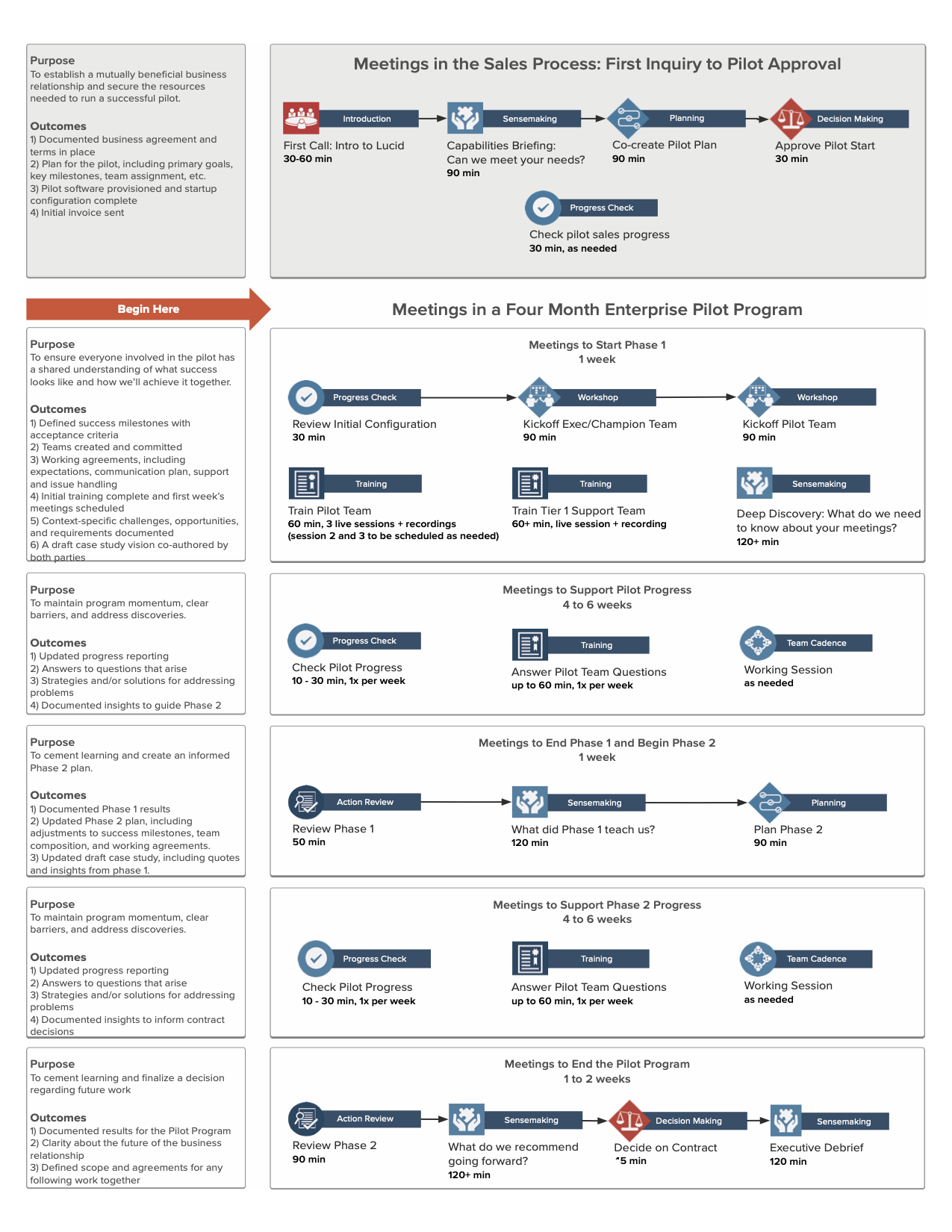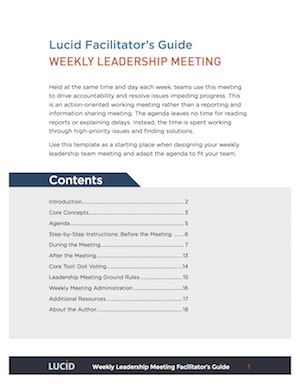3+ Ways to Approach Strategic Planning
As 2020 continues to teach us all how much God enjoys a good laugh at our plans, we’ve noticed a dramatic uptick in the number of people downloading strategic planning meeting templates.
Strategic planning isn’t a type of meeting. It’s a process, and there are many ways you can approach that process.
We have several strategic planning resources available on the Lucid Meetings websites, each of which serves different types of groups and situations. If you’ve only seen one of these resources, you might find the alternatives useful too.
Traditional Strategic Planning
The Complete Toolkit for Strategic Planning with Remote Teams
This series of templates and articles shows you how to get a remote team involved as you develop a simple, one-page strategic plan. This is a great resource for groups who need to develop their first strategic plan, or those who need to start over.
How To Refresh Your Strategic Plan (in 4 Hours or Less)
This template by Paul Axtell works well for organizations with an established plan that needs minor updates.
Recommended
The Executive Guide to Facilitating Strategy
For facilitative leaders working in established organizations, this book by master facilitator Michael Wilkinson describes a detailed model you can use to create a strategic plan that can be distributed throughout your organization and put into action.
Adaptive Planning in Times of Rapid Change or Uncertainty
How to Run a Strategic Pivot Meeting with Your Team
Use this template when you need a new plan quickly. It includes a series of guided questions developed by Angelique Rewers from BoldHaus that will help you and your team think through the business-critical issues and find options fast.
Recommended
Strategic Knotworking
Strategic Knotworking is an approach developed by Liberating Structures practitioners to create a more nuanced, adaptive, and inclusive plan. Read the article and associated case study to get the overview, then see this quick reference sheet for more details.
There are many other approaches too. If you have a favorite–especially if you feel it works really well in the current context–we’d love to learn about it!


